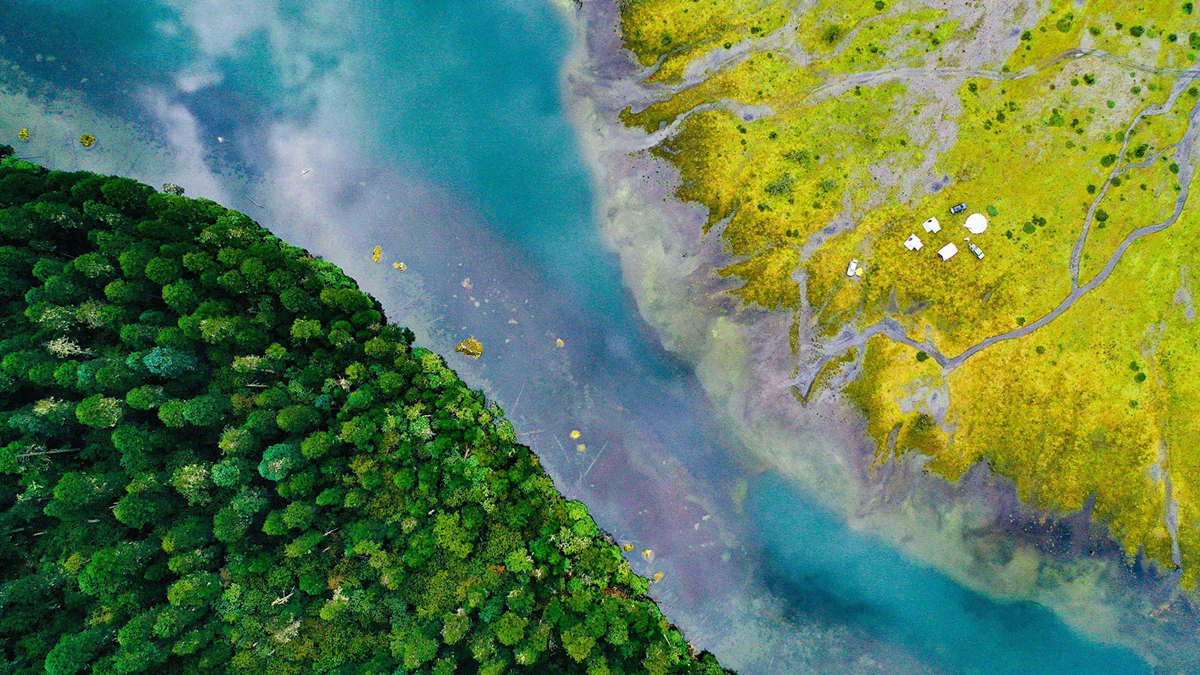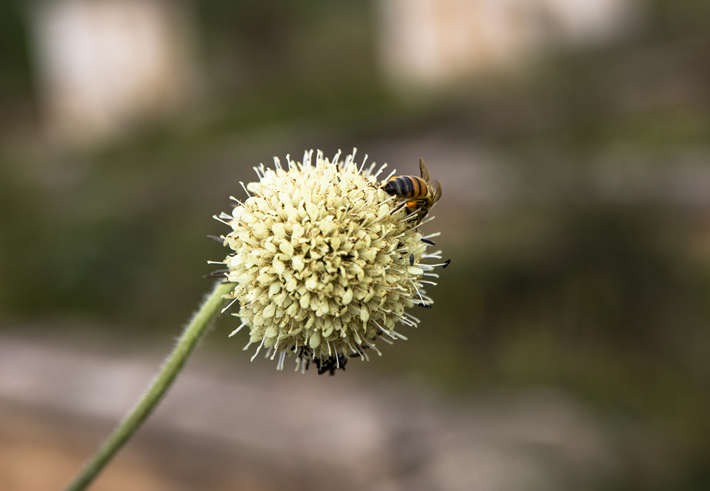Biodiversity for All

On September 10, 2021, the 14 “wandering” elephants returned to their previous habitat in Ning’er County, Pu’er City, in southwestern China’s Yunnan Province, marking an end to their 17-month trip north.
A habitat for wild Asian elephants, Yunnan is one of 36 terrestrial biodiversity hotspots worldwide with the richest volume of species including many facing the threat of extinction. It has been crowned as the “kingdom of flora and fauna” and the “gene pool of wildlife.” The 15th meeting of the Conference of the Parties to the Convention on Biological Diversity (COP15) will be held in Kunming, capital of Yunnan, providing an opportunity for the world to get a closer look at the province’s efforts to protect Asian elephants and safeguard biodiversity.
Biodiversity Crisis
The phrase “biological diversity” was originally coined by Raymond F. Dasmann, an American wildlife scientist and conservationist. He published the term in a 1968 book titled A Different Kind of Country. According to the Convention on Biological Diversity adopted and signed at the United Nations Conference on Environment and Development in 1992, “biological diversity” refers to the variability among living organisms from all sources including, inter alia, terrestrial, marine, and other aquatic ecosystems and the ecological complexes of which they are part including diversity within species, between species, and of ecosystems.
In recent years, the world has faced rapid loss of biological diversity and accelerating extinction of species, posing a great threat to the ecological system and human survival and development.

Lowland white-eyes. by Tong Chengzong
According to the Global Assessment Report on Biodiversity and Ecosystem Services published by the Intergovernmental Science-Policy Platform on Biodiversity and Ecosystem Services (IPBES) in May 2020, 75 percent of the planet’s land surface has been significantly altered, 66 percent of the ocean area is experiencing increasing cumulative impact, and over 85 percent of the wetland area has lost. An average of around 25 percent of species in assessed animal and plant groups are threatened. And the biodiversity crisis is only getting worse.
The Amazon rainforest, with over three million species and more than 2,500 varieties of trees, represents one of the most diverse ecological systems on the planet. The speed of species extinction there is unprecedented. The United Nations estimates that about one million species in the Amazon rainforest are in danger. Between August 2018 and July 2019 alone, it lost more than 9,842 square kilometers of forest, a record high over the past decade.

An egret flying over Napa Lake in Shangri-La, southwestern China’s Yunnan Province. by Peng Jiansheng
The International Union for Conservation of Nature (IUCN) Red List of Threatened Species is the world’s most comprehensive inventory of the global conservation status of biological species. It uses a set of criteria to evaluate the extinction risk of many species and subspecies. These criteria are relevant to all species and all regions of the world, serving as an important indicator of global biodiversity health. The 2021 version evaluated more than 130,000 species, among which about 38,000 species are threatened with extinction, 902 species already extinct, and 80 species extinct in the wild. Countless animals and plants are now endangered.
China is among countries with the world’s richest biological diversity and most abundant resources of crop and forest genes, and it also faces some of the most serious threats to biological diversity. In botany alone, China’s Red List assessed 34,000 higher plants, among which 3,763 species are in danger, 10.9 percent of the total.
Shared Future for All Life on Earth
With an eye on biodiversity conservation, China has stressed that the world is a global community with a shared future and all lives on the planet are in the same boat. It has worked to highlight the close link between biological diversity and climate change, ocean, forest and wetland protection, and food security.
Since it signed the Convention on Biological Diversity in 1992, China has continued its efforts on biodiversity conservation by increasing public awareness, improving mechanisms, and building institutions. Today, 90 percent of vegetation types, 65 percent of higher plant communities, and 85 percent of wild animal species under key protection are being preserved effectively. China has long led the world in terms of large-scale anti-desertification, wetland restoration, and collection and storage of biological genetic resources.

Corydalis hemidicentra, a species of flowering herbal plant. by Peng Jiansheng
On September 21, 2020, during the United Nations Summit on Biodiversity, China’s Ministry of Foreign Affairs and Ministry of Ecology and Environment jointly issued Building a Shared Future for All Life on Earth: China in Action, a position paper which systematically outlined China’s proposals and stance on biodiversity protection, its philosophies on ecological civilization, and its will to join hands with the international community to spread the awareness about adapting to nature, respecting nature, and protecting nature. The country is working to share its green experience actively, uphold green development concepts, and advocate low-carbon, recycled, and sustainable lifestyles and production patterns to build a shared future for all life on earth.
Protecting the blue planet demands concerted global efforts. All 196 Parties to the Convention on Biological Diversity will join COP15 themed “Ecological Civilization: Building a Shared Future for All Life on Earth,” which will elaborate the Post-2020 Global Biodiversity Framework to draw up a blueprint for future biodiversity conservation.

First built in 2001 at an altitude of 3,200 to 3,600 meters,Shangri-La Alpine Botanical Garden is home to more than 620 plateau higher plants and over 400 plants relocated to the botanical garden for better protection. by Qin Bin/China Pictorial
The United Nations Decade on Ecosystem Restoration runs from 2021 to 2030 and aims to realize ecological restoration all over the world and promote a more harmonious relationship between human and nature by the middle of this century. In the coming decade, the situation demands preventing, halting, and reversing the degradation of ecosystems worldwide to eradicate species extinction resulting from human activity, implementing sustainable production and consumption models, building a green supply chain, and reducing the negative impact of human production and consumption on biodiversity. Efforts from all parties are needed to achieve the goals.